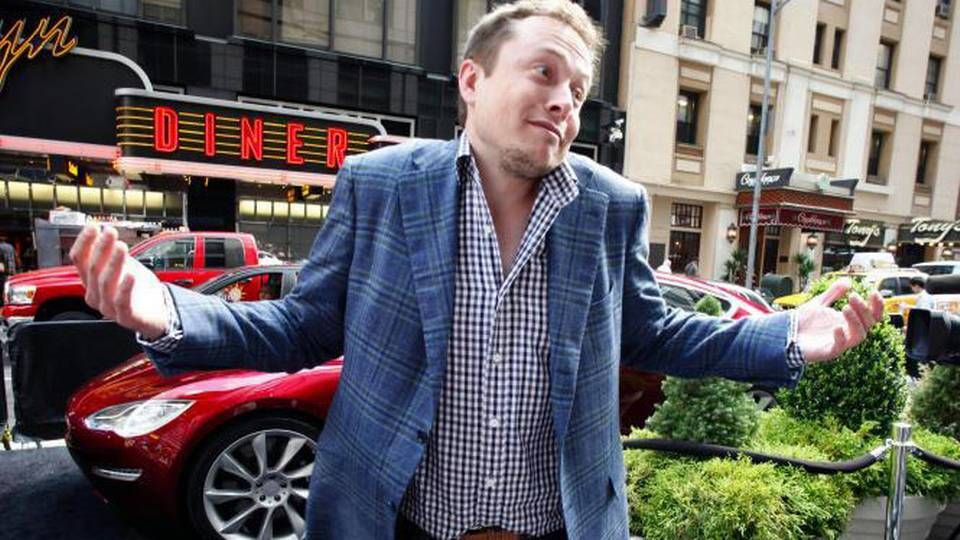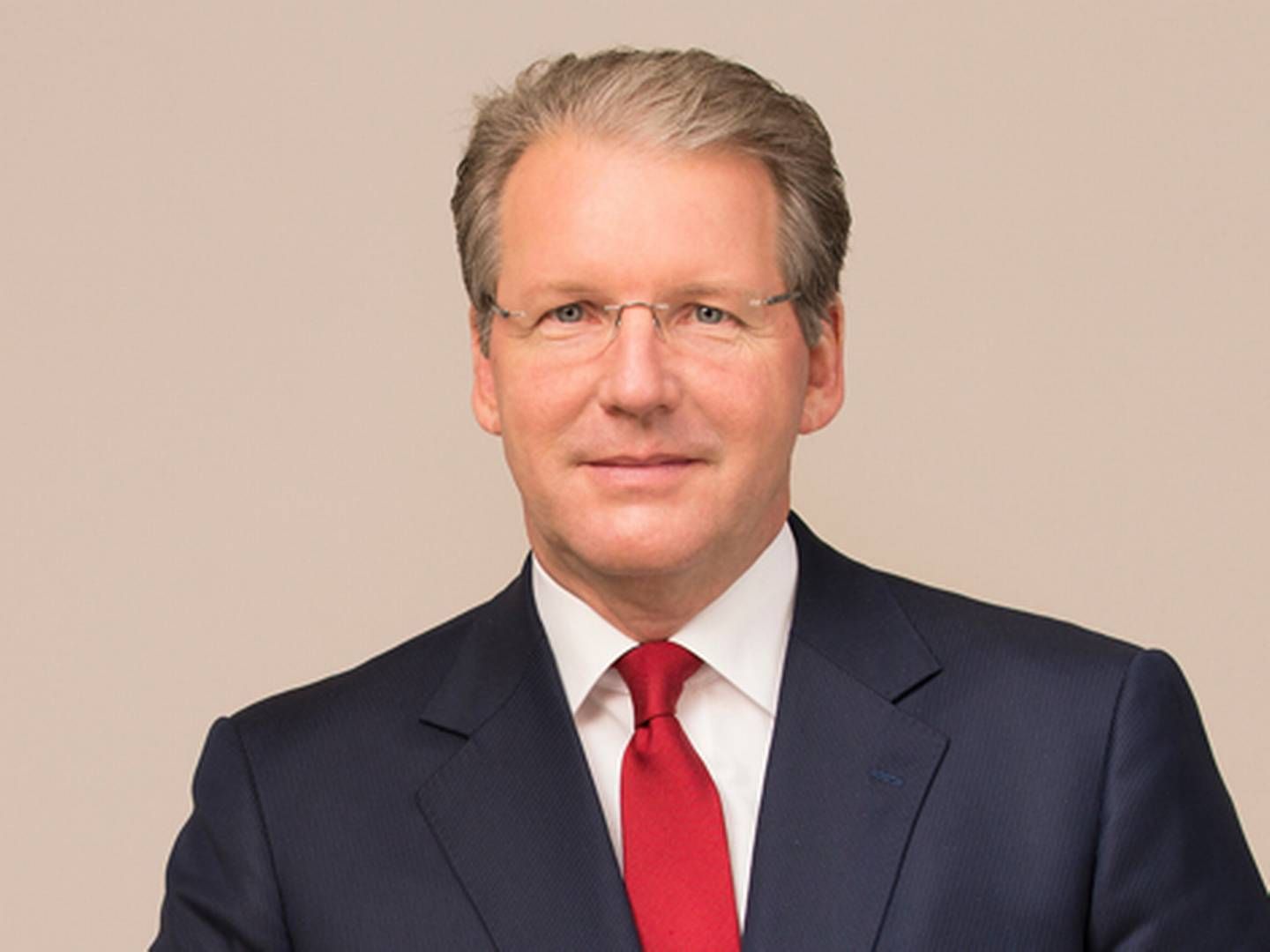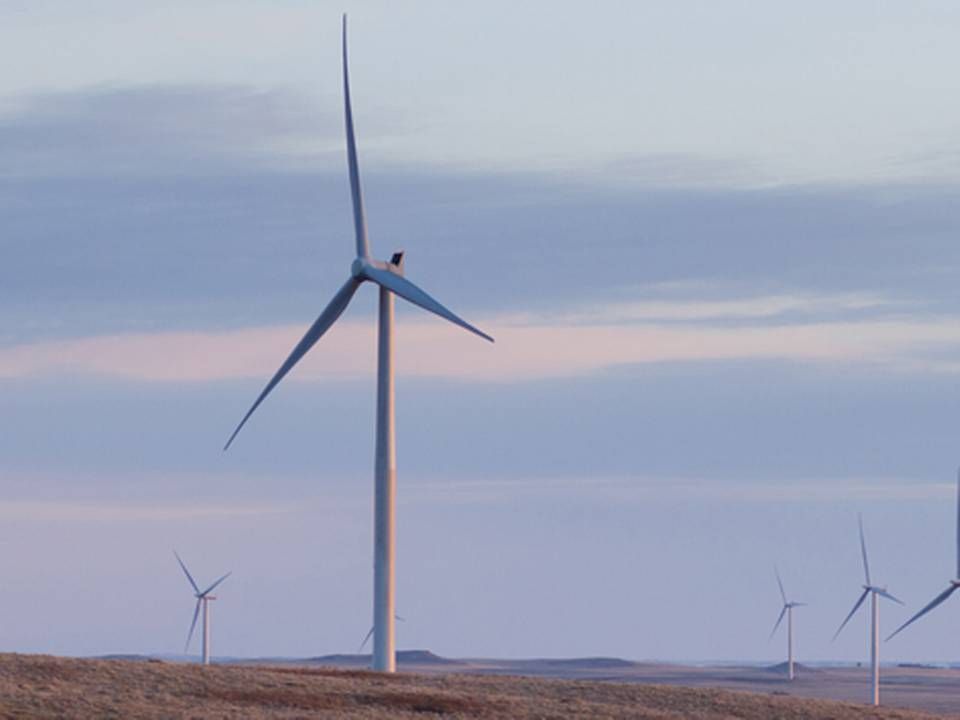Tesla's USD 169 million Australia battery play is a global prototype

Tesla is ready to power some grids. And not just in California or Australia.
Last week, Elon Musk wagered he could address South Australia’s energy crisis with 100 megawatts (MW) of batteries installed in 100 days or less—"or it’s free." The exchange blew up on Twitter and led to phone calls between Musk and leading Australian politicians, including Australian Prime Minister Malcolm Turnbull. (Ukraine Prime Minister Volodymyr Hroisman later chimed in that he’s interested, too.)
An analysis by Bloomberg New Energy Finance finds that such a deal wouldn’t only alleviate South Australia’s blackouts, but would be profitable—at an anticipated cost of roughly USD 169 million (AUD 220 million). Battery prices are tumbling fast—by almost half just since 2014—and such mega projects are increasingly popping up around the world. More on that below. But first we should clarify Tesla’s pricing details, since there’s been some confusion out there.
There’s been no formal proposal yet, but what’s being discussed in Australia would cost significantly more than many circulating estimates, some as low as USD 25 million. Here’s what we know so far: Mike Cannon-Brookes, co-founder of Sydney-based software company Atlassian Corp., initially approached Musk about providing 100 MW of power, roughly the size of an electricity shortfall suffered by South Australia in a February blackout. Megawatts measure the amount of power a battery can provide at any given time. Tesla’s battery projects typically supply a four-hour duration for each megawatt, so it’s reasonable to assume that South Australia’s 100 MW project would entail a 400 MWh battery installation. That would make it Australia’s biggest battery capacity project, and one of the biggest on Earth.
In the Twitter exchange, Musk revealed Tesla’s pricing for battery packs: USD 250 per kilowatt hour when deployed in large projects. It was the first time he had disclosed pack pricing, but Musk was careful to exclude the costs of shipping, installation, and related hardware, which are highly variable. They’re also highly significant, as they can amount to more than half the total bill.
Even so, Tesla’s pricing is a good deal, and in line with where the entire industry is heading in 2017. The total price, according to BNEF estimates, would come to about $422/kWh, or USD 169 million.
The battery storage industry—a key part of the master plan if wind and solar power are ever to dominate the grid—is becoming increasingly important in places like South Australia. The region gets 41 percent of its electricity from renewable energy, one of the highest penetrations of wind and solar in the world. In 2016 and early 2017 Australia has already announced 220 MW of storage deals, led by Zen Energy in South Australia.
Until recently, batteries were many times more expensive than natural gas “peaker” plants that fire up when supply falls (like when the wind dies down). The South Australia government’s current plan is to address its energy shortfall largely through the construction of a 250MW state owned gas plant, along with AUD 75 million in grants and AUD 75 million in loans to help fund energy storage.
A 400 MWh Tesla project with a price tag of USD 169 million should be very profitable for South Australia, achieving an internal rate of return of between 18 and 29 percent, according to BNEF calculations. That’s based on wholesale energy sales and revenue from additional high-value grid services that batteries are especially well suited to provide.
Those returns are contingent on how quickly it can enter the market, and that’s where Tesla has an advantage. In January, Tesla began battery cell and pack production at its massive Gigafactory near Reno, Nevada, which is gearing up for the most anticipated launch of an electric car ever—the Model 3. The company plans to rapidly ramp up to produce 50 gigawatt hours of battery packs—enough to build 125 Australia-sized projects a year. Tesla may now be uniquely positioned to deploy large battery projects on three months notice, as promised.
That’s important, because any profits depend on South Australia’s high electricity prices staying high. As additional storage and gas projects come online, and as more robust transmission lines are built to nearby Victoria, it will wear away at the margins of the project, wrote Ali Asghar, an analyst at BNEF, in a research note to clients.
“The problem with energy projects,” she said, “is that they tend to eat their own lunch.”
Tesla could land huge Australian deal after twitter exchange
Danish company installs Siemens turbines in Australia
Vestas hires new president for Indian venture
German wind turbine manufacturer expects three years of deficit
Related articles
Tesla could land huge Australian deal after twitter exchange
For subscribers
Danish company installs Siemens turbines in Australia
For subscribers



















.jpg&w=384&q=75)




